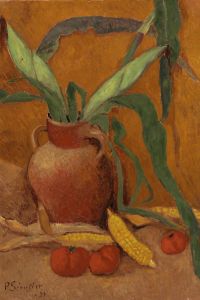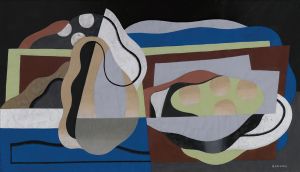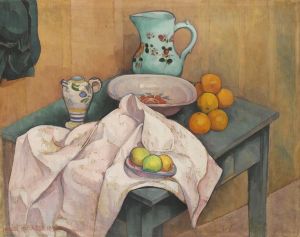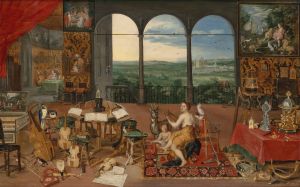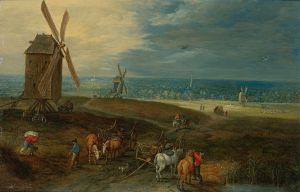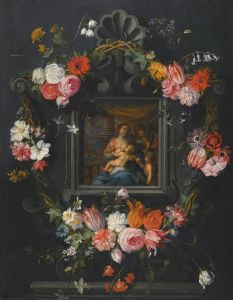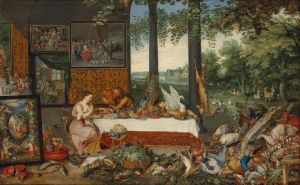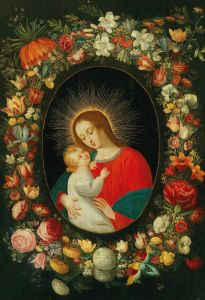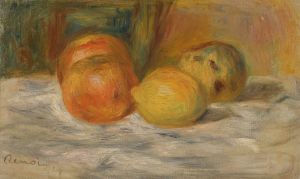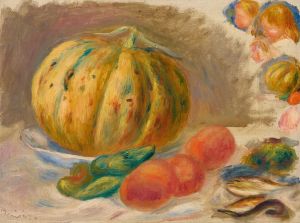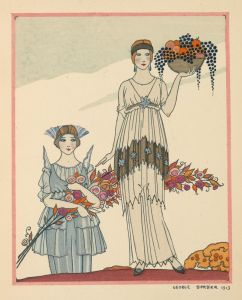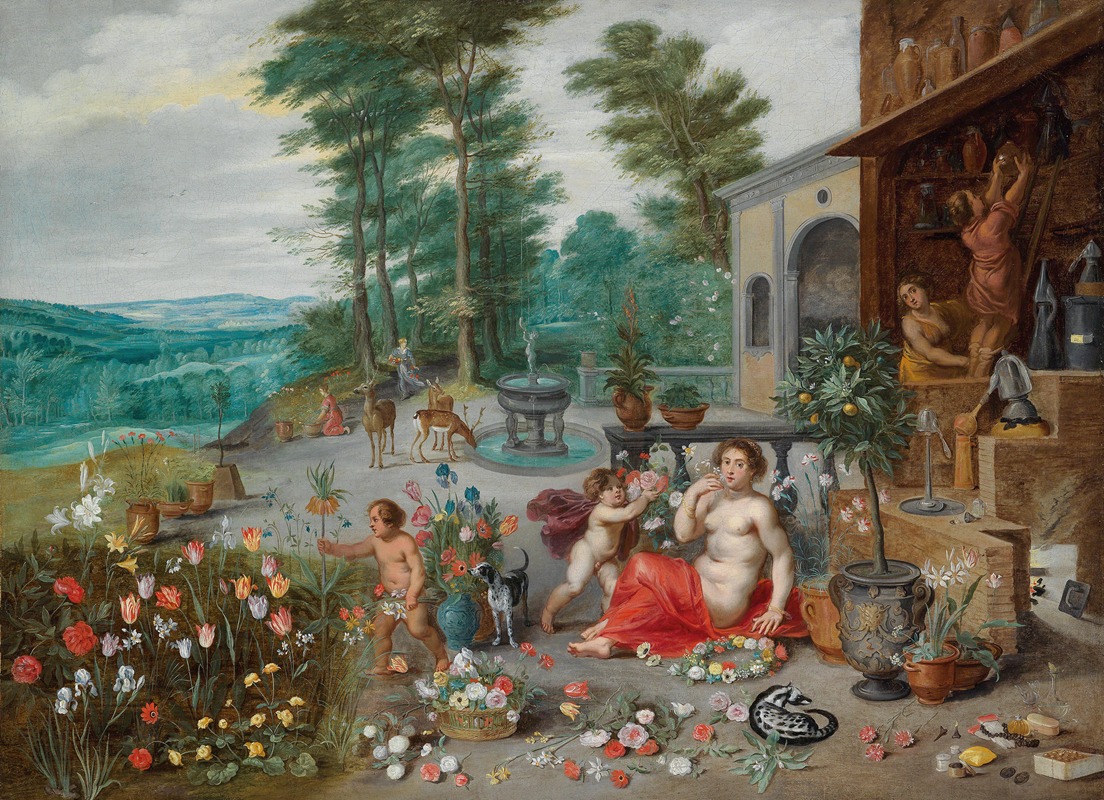
An Allegory Of Smell
A hand-painted replica of Jan Brueghel the Younger’s masterpiece An Allegory Of Smell, meticulously crafted by professional artists to capture the true essence of the original. Each piece is created with museum-quality canvas and rare mineral pigments, carefully painted by experienced artists with delicate brushstrokes and rich, layered colors to perfectly recreate the texture of the original artwork. Unlike machine-printed reproductions, this hand-painted version brings the painting to life, infused with the artist’s emotions and skill in every stroke. Whether for personal collection or home decoration, it instantly elevates the artistic atmosphere of any space.
Jan Brueghel the Younger, a prominent Flemish Baroque painter, is known for his detailed and intricate works that often explore allegorical themes. One of his notable paintings, "An Allegory of Smell," is part of a series that represents the five senses. This series was a collaborative effort with other artists, including his father, Jan Brueghel the Elder, and Peter Paul Rubens, although the specific involvement of Rubens in "An Allegory of Smell" by the Younger is not documented.
"An Allegory of Smell" is a vibrant and detailed composition that exemplifies Brueghel's mastery in depicting lush, intricate scenes filled with symbolic elements. The painting is characterized by its rich use of color and meticulous attention to detail, which are hallmarks of Brueghel's style. The allegorical representation of smell is achieved through a variety of objects and figures that symbolize the sense.
In the painting, the central figure is often depicted as a woman, representing the personification of smell. She is surrounded by an array of objects that are associated with the sense of smell, such as flowers, perfumes, and possibly animals known for their keen sense of smell. The inclusion of these elements serves to create a sensory experience for the viewer, inviting them to imagine the scents depicted in the artwork.
Brueghel's work is known for its ability to combine naturalistic detail with allegorical meaning. In "An Allegory of Smell," this is evident in the way he meticulously renders each flower and object, imbuing them with a sense of realism that enhances the allegorical message. The painting not only serves as a representation of the sense of smell but also reflects the broader cultural and scientific interests of the time, particularly in the study of the senses and their role in human experience.
The painting is part of a larger tradition of allegorical works that explore the five senses, a popular theme in 17th-century art. These works often served as a means of exploring human perception and the ways in which the senses connect individuals to the world around them. Brueghel's contribution to this tradition is notable for its complexity and the way it engages viewers in a multisensory experience.
Jan Brueghel the Younger inherited his artistic talent and thematic interests from his father, Jan Brueghel the Elder, who was also renowned for his allegorical paintings of the senses. The Younger continued this legacy, producing works that were celebrated for their beauty and intellectual depth. "An Allegory of Smell" exemplifies his ability to blend detailed naturalism with allegorical themes, creating a work that is both visually stunning and rich in meaning.
Today, "An Allegory of Smell" is appreciated not only for its artistic merit but also for its contribution to the understanding of 17th-century Flemish art and culture. The painting remains a testament to Jan Brueghel the Younger's skill and his ability to capture the complexity of human perception through art.





